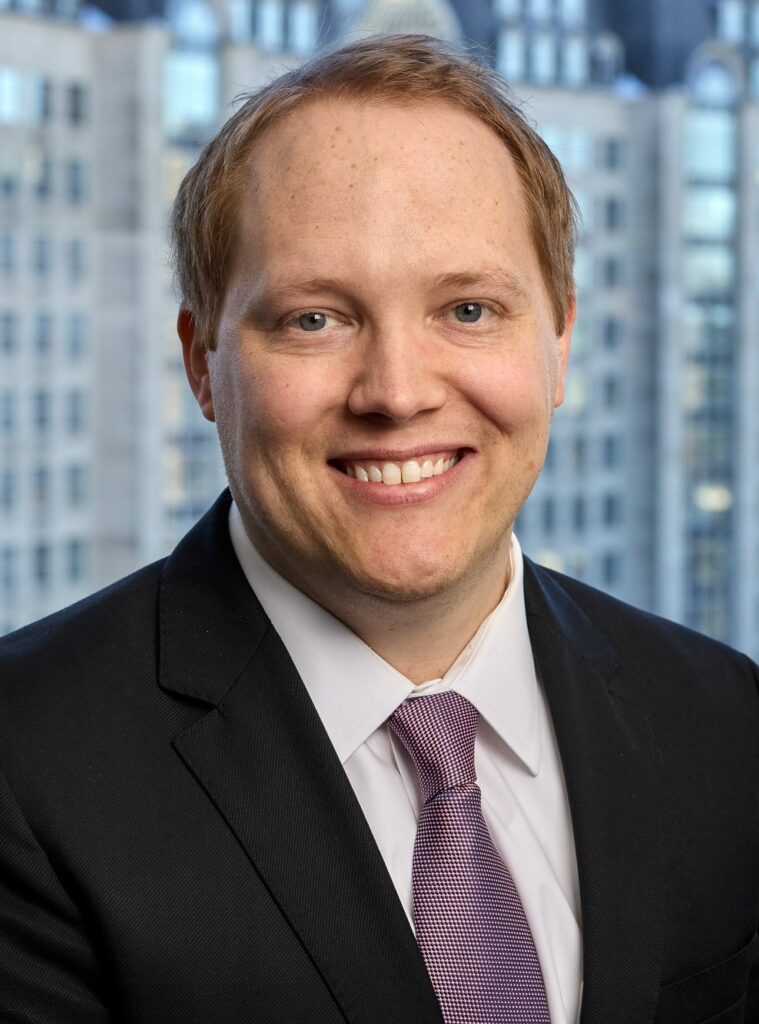As physicians continue to weigh the benefits and drawbacks of independent ownership and hospital employment, changes in the healthcare industry are gradually pushing physicians toward alignment with health systems. Data from the American Hospital Association has indicated that the number of physicians employed by hospitals has increased 34% from 2000 to 2010 and approximately 25% of all physicians are employed by hospitals. There are 5 key market trends that would suggest those numbers will continue to climb over the next few years.
1. Reimbursement Risk
The Center for Medicare and Medicaid Services has projected a 27% cut in Medicare payment rates for 2013. The proposed cuts will be particularly directed towards radiation therapy, radiation oncology, radiology, and cardiology. Given this trend and the sharp rise in the uninsured population, physicians are seeking hospital employment as a means of mitigating any potential declines in future income.
2. Healthcare Reform Challenges
The onset of healthcare reform has fundamentally changed the payment industry that physicians are accustomed to. The shift toward bundled payments, accountable care and independent healthcare delivery models all require physicians to make larger investments in practice infrastructure (ex. EMR systems). Although there are mandates within the proposed legislation that are designed to assist physicians with these investments, they are still expected to incur significant costs that could be avoided through hospital employment.
3. Practice Expense Risk
Physicians who own their own practices have the responsibility of incurring, monitoring, and maintaining the business. The tasks of ensuring that fixed costs do not drown the business and any variable expenses fluctuate appropriately can be burdensome. Lags in receivable timing and soaring malpractice premiums are headaches hospital-employed physicians can avoid.
4. Financial Stability
Many physicians coming out of residency are saddled with large amounts of medical school debt. Newer physicians are being increasingly lured by the attractiveness of guaranteed income. The risk in owning your own practice is that it takes time to ramp up patient volume and develop the business. Additionally, the uncertain nature of future earnings is a vital drawback to physicians needing income immediately.
5. Work-Life Balance
Physicians within medical practices have the responsibility of driving earnings and developing a business infrastructure. The increased administrative time necessary to direct and maintain a practice can be taxing. Typical employment agreements include mandated hours and may even compensate physicians for any administrative work. It’s much easier for a physician under an employment setting to connect compensation with actual hours worked.
While these factors may influence physicians to seek hospital employment, hospital employment could also have drawbacks for physicians. Losing autonomy over the direction and growth of your practice along with having less control over future earnings can be particularly discouraging. With these 5 trends in mind, it will be interesting to see how the industry will react over the next few years as newly employed physicians are approached in renewing their employment agreements.
Sources:
Medscape Medical News. “Number of Physicians Employed by Hospitals Snowballing.” January 24, 2012 http://www.medscape.com/viewarticle/757386.
Center for Medicare & Medicaid Services
The Kaiser Commission on Medicaid and the Uninsured. “The Uninsured A Primer” October 2011. http://www.kff.org/uninsured/upload/7451-07.pdf.
MGMA Physician Compensation & Production Survey: 2012 Report Based on 2011 Data.





